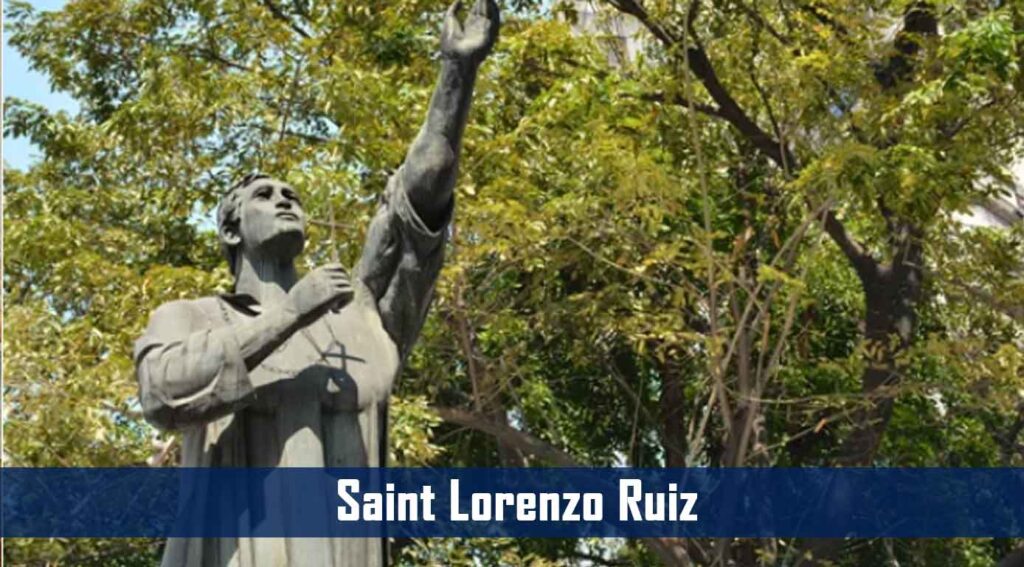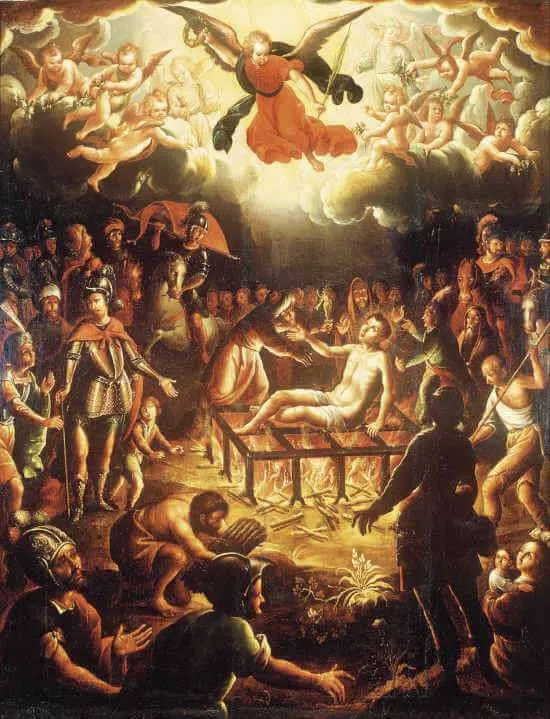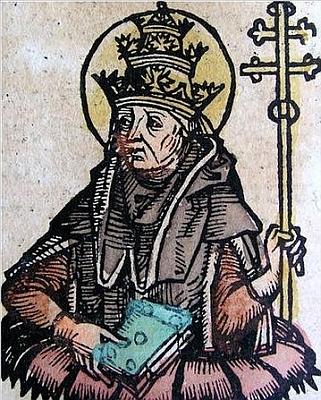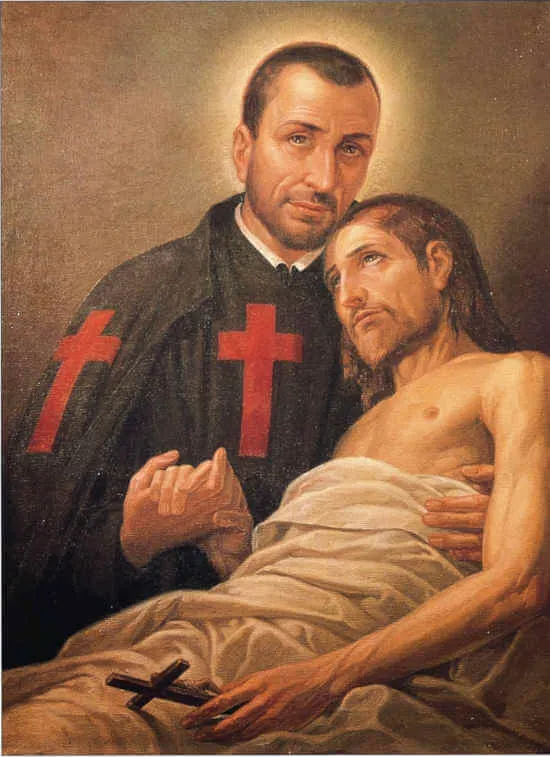1887–1968; Patron Saint of adolescents and civil defense volunteers; Invoked by those in need of stress relief, spiritual healing, and for January blues; Canonized by Pope John Paul II on June 16, 2002
Saint Padre Pio was born Francesco Forgione in Pietrelcina, Italy, a rural town of about 4,000 people. As a child, he was called Franci (Frankie). His parents were peasant farm laborers, and the children assisted with the work. Franci was the third of seven (or eight) children, two (or three) of whom died in infancy, which was quite common at that time. The town centered around the local church of Saint Anna with continuous feasts, Masses, processions, novenas, and parish festivals. The main festival each year was in honor of their patroness, Our Lady of Deliverance, which lasted three days every August. After the day’s work was completed, most evenings were spent with neighbors, eating macaroni, singing, telling stories, and playing in the fields.
The Forgione family was quite devout, and Franci exhibited extraordinary piety from a very early age. The family was especially devoted to the saints and the Blessed Virgin Mary, a love that would remain with Franci throughout his life. As a toddler, Franci often had nightmares. He would later say that he believed the devil was tormenting him at that young age. He also later recalled that, as early as he could remember, he was able to communicate with his guardian angel and had regular visions of the Blessed Mother and Jesus. From the age of five, Franci dedicated himself to God and the Blessed Virgin. He was a good student, even though only three years of public schooling was available in his village. He also suffered from various illnesses throughout his childhood.
At the age of ten, Franci encountered a bearded Capuchin friar who was traveling the countryside begging for food and provisions for his community. Franci was so impressed with him that he informed his parents, “I want to be a friar with a beard!” Though initially amused, his parents took his request seriously and visited the Capuchin friary about thirteen miles north. The friars agreed Franci could join them, but he needed a better preparatory education. Because his parents could not afford to send him to private school or hire a tutor, his father decided to travel to America to earn money for his education. Once in America, his father sent nine American dollars home each week, and Franci received his education. At the age of fifteen, he entered the Capuchins, receiving the name Pio, possibly after Pope Pio I, whose relics were in his hometown church of Saint Anna, or possibly in honor of Pio of Benevento, the provincial.
Just five days before he entered the Capuchins, however, Franci experienced worries about leaving the only life he knew and entering religious life. As he was praying, he had what is known as an “intellectual vision” in which his mind saw what he would later describe as “a majestic Man of rare beauty, resplendent as the sun.” This Man took him by the hand and led him to a “formidable warrior” and “mysterious creature” that he was told to do battle with. He hesitated but the Man encouraged him. He fought and won, and the creature fled. The Man then placed a crown of indescribable beauty on his head and informed him he would have to continually fight the creature but would always win with His help. Three days later, after receiving the Holy Eucharist, Franci realized that his life as a Capuchin would be a continuous battle against the creature from hell, but the Man at his side was Christ Who would never leave him. He had one more vision two days later, the night before his departure, of Jesus and the Blessed Virgin who consoled and strengthened him as he prepared for his new vocation. These visions would come true during his sixty-five years as a friar.
Life as a novice brought with it much structure and discipline. The friars gathered for prayer seven times a day, spent long hours studying, lived in a very simple and small cell, went barefoot, fasted often, and engaged in manual labor. In 1907, at the age of nineteen, Pio took his final vows, and in 1910, at the age of twenty-three, he was ordained a priest. Throughout his seven years of preparation for ordination, Friar Pio was continually in poor health. His fellow friars also reported that he regularly fell into ecstasy in prayer, levitating at times, weeping at others, so immersed that he lost track of time and place. Once ordained, his health was so poor that he was permitted to move to his family home in hopes of recovery. He remained there until 1916 when, at the age of twenty-nine, he was sent to Our Lady of Grace Capuchin Friary, in San Giovanni Rotondo, where he would live the rest of his life, other than a short period of time when he was drafted for military service and quickly discharged for poor health during World War I.
In San Giovanni Rotondo, Padre Pio quickly became known as a mystic. His Masses were exceptionally devout and lengthy due to his prolonged ecstasies. He heard confessions often and gave spiritual counsel to many. His most famous advice was to “pray, hope, and don’t worry.” On September 20, 1918, while praying after Mass, Padre Pio had a vision of a Man, dripping with blood from His hands, feet, and side. Suddenly, Padre Pio’s body was pierced with those wounds as he received the stigmata. He openly carried those wounds for exactly fifty years. They bled up to a cup of blood every day, had a heavenly aroma to them, and caused great pain, especially a wound he had on his shoulder where Christ carried the Cross. Countless doctors examined the wounds over the subsequent fifty years, none of whom was able to give a scientific explanation. Over the next thirteen years, people flocked to see this living saint and mystic. He began to manifest the charisms of healing, bilocation, levitation, prophecy, numerous miracles, and the gift of tongues, in which foreign visitors heard him speak in their own language. He had the ability to read hearts, would spend weeks at a time eating nothing but the Holy Eucharist, and would sleep very little or not at all. Miraculous and profound conversions resulted from his ministry.
To the normal Catholic, these miraculous events were beyond inspiring; to some of the Church authorities they were cause for concern. In 1922, a lengthy investigation began, and restrictions were placed on his priestly ministry. In 1931, the Holy See banned Padre Pio from public ministry and private communications with the people of God. Two years later, Pope Pius XI reversed the restrictions stating, “I have not been badly disposed toward Padre Pio, but I have been badly informed.” Though able to minister publicly, Padre Pio remained under scrutiny and suspicion by various Church authorities for the next thirty years until he was fully exonerated by Pope Paul VI after his papal election in 1963.
In addition to his miraculous ministry consisting of daily Mass, preaching, and countless hours in the confessional, Padre Pio constructed a hospital for those in extreme need. The Holy See granted him special permission to oversee and govern the hospital himself, which was beyond the normal rights and duties for friars.
On September 22, 1968, Padre Pio celebrated a televised solemn Mass attended by thousands to commemorate the fiftieth anniversary of his reception of the stigmata. The following day, his wounds disappeared and he passed to Heaven. An estimated 100,000 people attended his funeral.
In many ways, Saint Padre Pio was a once-in-a-millenium saint. Though other saints have borne the stigmata, no one bore it so openly for so long. He lived continually in divine union, was used by God in the most miraculous of ways, brought about countless conversions, and believed that his real work would take place after his death. Since 1968, that work has continued as his story has been told, his intercession felt, and miracles continue to occur. His body now lies at rest in the Padre Pio Pilgrimage Church in San Giovanni Rotondo, one of the most frequented pilgrimage sites in the world.
As we honor this amazing saint, allow yourself to be inspired by his miraculous life. Ponder even more deeply the life of prayer and union with God that he led. His sanctity went far beyond miracles. It was primarily the result of prayer, penance, virtuous living, and unwavering obedience to the will of God. Every one of us is capable of this same level of sanctity, even if God does not use us in a miraculous and charismatic way. Seek holiness through prayer and penance, and seek Saint Padre Pio’s intercession to help you.
Source: https://mycatholic.life/saints/saints-of-the-liturgical-year/september-23—st-pio-of-pietrelcina-padre-pio-priest/







